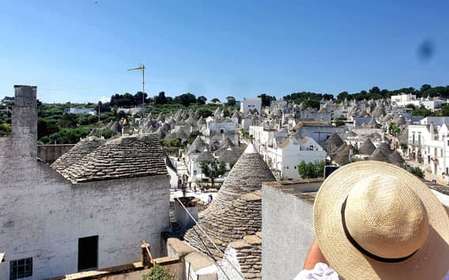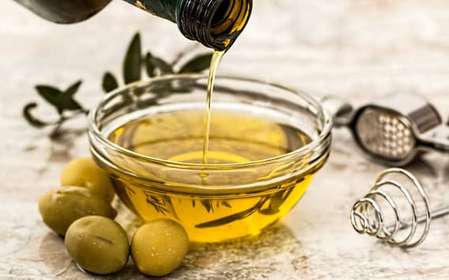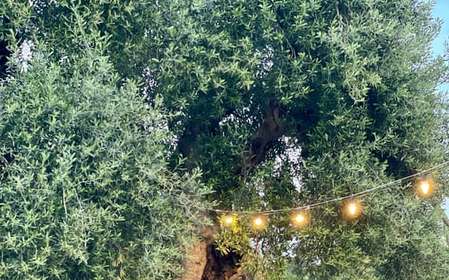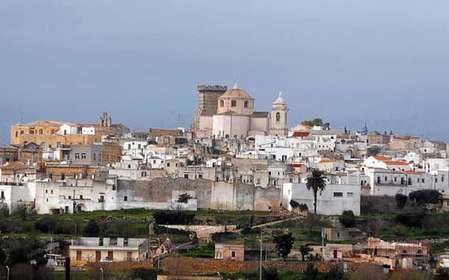- Home
- Useful Tips
- Local experiences to enjoy in Brindisi
Most visitors to Brindisi rush through this historic port city, missing its authentic Puglian charm. Recent tourism surveys show 68% of day-trippers leave without experiencing genuine local culture, often disappointed by generic guidebook recommendations. The real challenge lies in discovering Brindisi beyond its obvious attractions – finding those unmarked osterias where fishermen eat, stumbling upon Byzantine churches hidden in plain sight, or learning the secret behind the city's legendary almond coffee. These missed opportunities leave travelers with superficial memories when Brindisi could offer profound cultural connections. The frustration compounds when you realize many 'local experiences' promoted to tourists are actually manufactured for visitors rather than reflecting true Brindisi traditions.
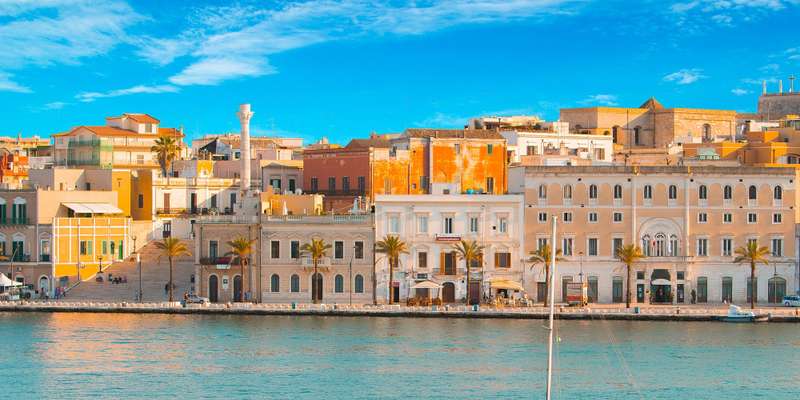

Where locals really eat in Brindisi (without tourist markups)
The waterfront restaurants lining Brindisi's harbor might catch your eye, but the true culinary heartbeat of the city pulses in its backstreets. Seek out family-run trattorias like those along Via Carmine, where third-generation chefs still prepare 'fave e cicorie' (fava bean puree with wild chicory) using their nonna's recipe. At lunchtime, follow municipal workers to tiny 'buffet' counters where €5 buys a generous plate of orecchiette with turnip greens. For an unforgettable evening, time your visit to coincide with the aperitivo ritual at Enoteca Letteraria – this bookshop-wine bar hybrid serves complimentary Puglian snacks with every drink as locals debate literature and politics. Remember, authentic Brindisi dining isn't about fancy presentation; it's about the pride in simple ingredients and the warmth of shared tables.
Navigating Brindisi's layered history without a guidebook
Brindisi's 3,000-year history reveals itself in unexpected corners if you know where to look. Start at the Roman columns near the port – these weathered sentinels marked the end of the Appian Way and now serve as an unofficial town square. Duck into the unassuming Chiesa di San Giovanni al Sepolcro to see Crusader graffiti carved into the walls by knights awaiting passage to the Holy Land. The real magic happens when you explore the city's underground: beneath Palazzo Granafei-Nervegna lies a network of medieval cisterns and olive oil storage chambers now hosting cultural events. Local historians often give free walking tours on weekends – listen for announcements at the tourist office or watch for handwritten signs in cafe windows.
The art of the Brindisi passeggiata (and why timing matters)
Mastering the evening passeggiata transforms your Brindisi experience from observer to participant. As the Adriatic breeze cools the stone streets around 6pm, the entire city seems to emerge for this ritual stroll. Start at Piazza Vittorio Emanuele II, where families gather around the bandstand, then flow with the crowd down Corso Garibaldi. Notice how locals pause at specific bakeries for freshly baked pasticciotti (cream-filled pastries) still warm from the oven. The key is embracing the slow rhythm – this isn't about reaching a destination, but about seeing and being seen. Older men play cards in hidden courtyards off Via Montenegro, while teenagers flirt near the Fontana de Torres. For the full experience, dress slightly nicer than daytime attire and stop for an almond milk coffee at Caffè Roma, the 19th-century cafe that invented Brindisi's signature drink.
Secret beaches and coastal walks only locals know
While crowds head to nearby Ostuni, Brindisi's coastline holds quieter treasures for those willing to explore. Take the local bus to Punta Penne, where a nature reserve protects dunes frequented by flamingos and wild horses. Fishermen's trails lead to secluded coves like Cala Minnola, where you can swim above ancient Roman fish tanks carved into the bedrock. For sunset, join Brindisi residents at Torre Testa, a 16th-century watchtower with panoramic views across the Adriatic. Pack like a local: bring a k-way jacket (coastal winds pick up unexpectedly), stale bread to feed gulls, and a thermos of orzata (almond syrup drink) for energy. These untouched spots reveal why Puglians fiercely protect their coastline from mass tourism.
